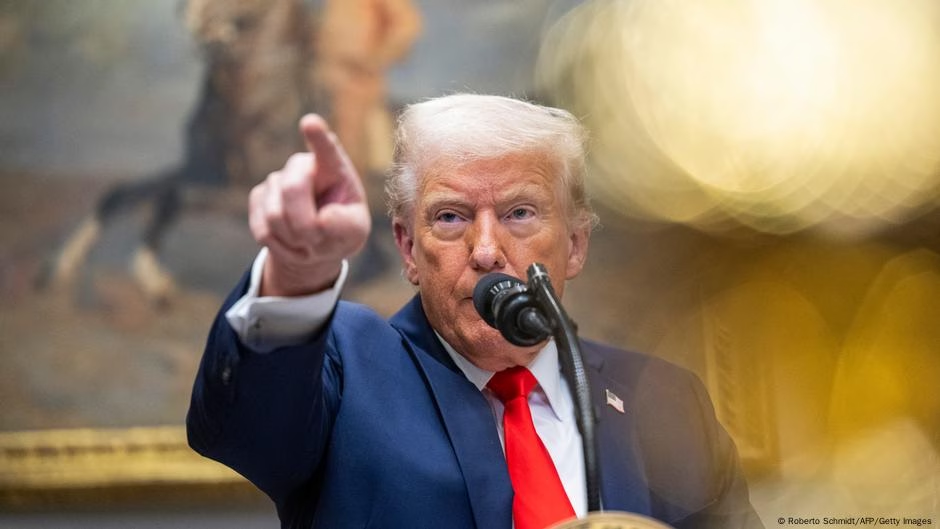For a long time, Trump has held the belief that America is treated unjustly in international trade. He argues that many nations place higher tariffs on US products than the US does on theirs, causing an imbalance.
For instance, India imposes tariffs typically 5 to 20% higher than those in the US on 87% of imported goods, according to Global Trade Alert data, which evaluates commerce policies.
Trump has stated his intention to match the levies other countries place on US goods with tariffs on imports.
Besides compelling significant global powers like the European Union and China to reduce their customs duties, the president is confident that implementing reciprocal tariffs will enhance his “America First” economic agenda by decreasing the trade deficit of the nation as well as augmenting the competitive edge of American manufacturers.
However, economists have highlighted that the US gains from having sizable trade imbalances with the remaining world, considering the dollar is the global reserve currency, used in most trade, which provides a substantial windfall to the US economy.
Nations utilize those dollars that are earned from trade to make investments back into the US, often in stocks, government bonds, and real estate. This keeps US interest rates lower and enables US businesses and consumers to borrow and spend more.
Click here to read DW’s comprehensive explanation on reciprocal tariffs.








